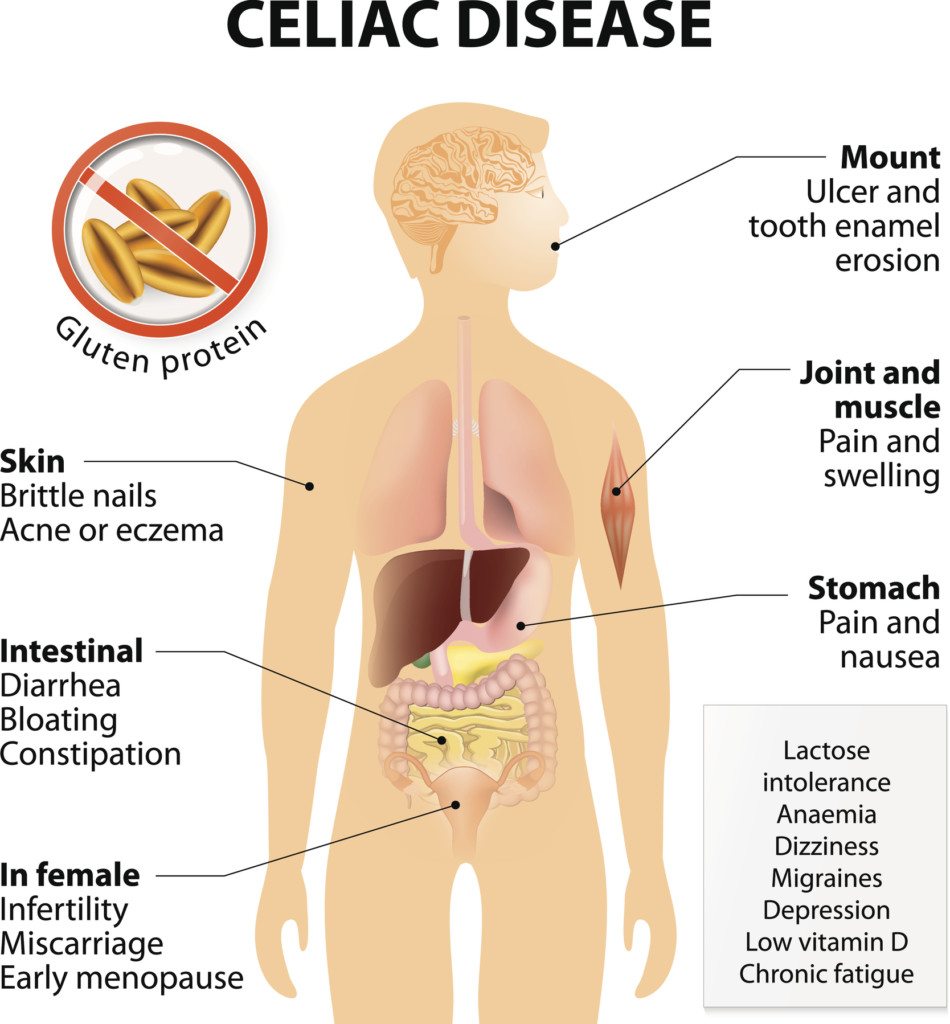The Weekly Reflektion 33/2025
Failing to understand the distinction between correlation and causation has led to many failed attempts to rectify problems that have resulted in serious incidents and accidents. Correlation shows a link or trend between two parameters. Causation means that one parameter causes another, e.g. fire causes heat. To help you remember here is a useful phrase.
Correlation alone can easily deceive; causation requires proof to believe.

Do you understand the distinction between correlation and causation?
Celiac disease is an autoimmune condition where the immune system reacts to gluten, sometimes causing damage to the small intestine. Gluten is a protein found in foods containing wheat, barley or rye. If you have celiac disease, eating gluten triggers an immune response to the gluten protein in your small intestine.
In the 1920s, Dr. Sidney Haas, a New York pediatrician, developed the banana diet as a treatment for what was then called celiac disease or celiac sprue. The diet consisted of up to eight bananas a day, dairy products and meat. The diet was essentially gluten-free, but not intentionally as gluten wasn’t yet known to be the problem. Children were simply restricted from eating wheat and were fed bananas and other simple foods. Many children improved dramatically on this diet, which led doctors to believe bananas had healing properties and was a wonderful food. This was particularly important in the 1930s and 1940s as untreated celiac disease had a high mortality rate in children.
Willem Karel Dicke a Dutch pediatrician was medical director The Hague’s Juliana Children’s Hospital and later served as a professor at Utrecht University. Dicke studied information on Celiac disease during the Second World War. He was unconvinced that bananas were a cure for the disease. He also recognised that many families could not afford the vast amounts of bananas required. During the war years bananas were not available in Western Europe. Wheat and rye were also in short supply. The staple diet was dominated by potatoes and other root vegetables. Dicke noticed that ‘normal’ children showed signs of malnutrition, however children diagnosed with Celiac Disease experienced an improvement in their health. After the war, as wheat and rye became more available the situation reversed, and the ‘normal’ children thrived while the children with Celiac disease became sicker. In 1950, Dicke published his doctoral dissertation presenting clinical evidence tying specific wheat grains to adverse outcomes in celiac patients. He laid the groundwork for the gluten free diet, which became the standard of care and shifted outcomes from high mortality (over 35%) to near-normal survival and health. By 1952–53, other medical teams (notably in Birmingham) further isolated the culprit proteins—gluten, particularly the gliadin fraction within wheat, rye, and barley—as the specific trigger that damaged the small-bowel lining of celiac patients.
There was a correlation between eating bananas and health improvements in children with Celiac disease. It was, however, not causation. Bananas replaced wheat and rye products in the diet. It was curiosity and further research based on observations that led to the causation relationship with wheat and rye and the gluten protein that led to the progress in treatment for Celiac disease.
The correlation between ice cream sales and deaths from drowning could be interpreted as, the more ice cream you eat the higher the risk of drowning. These both increase in the summer and there is no documented causation. For years, studies showed that postmenopausal women taking Hormone Replacement Therapy (HRT) had lower rates of heart disease. This led to the promotion of HRT as a preventative measure. Studies showed however that women on HRT were often healthier, wealthier, and had better access to healthcare. It was these factors that correlated with better heart outcomes. Systematic trials later showed that HRT actually increased heart disease risk in some women.
